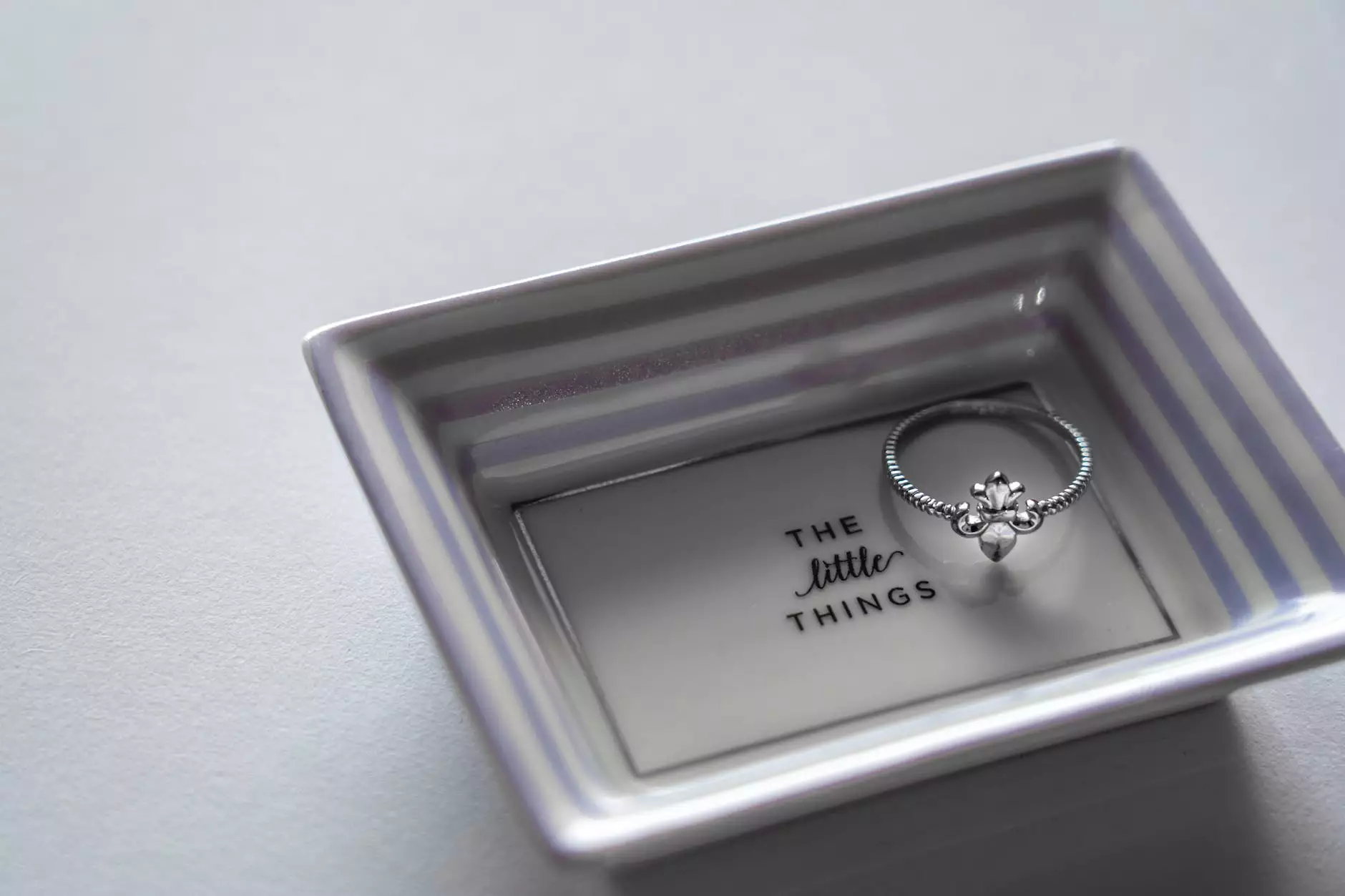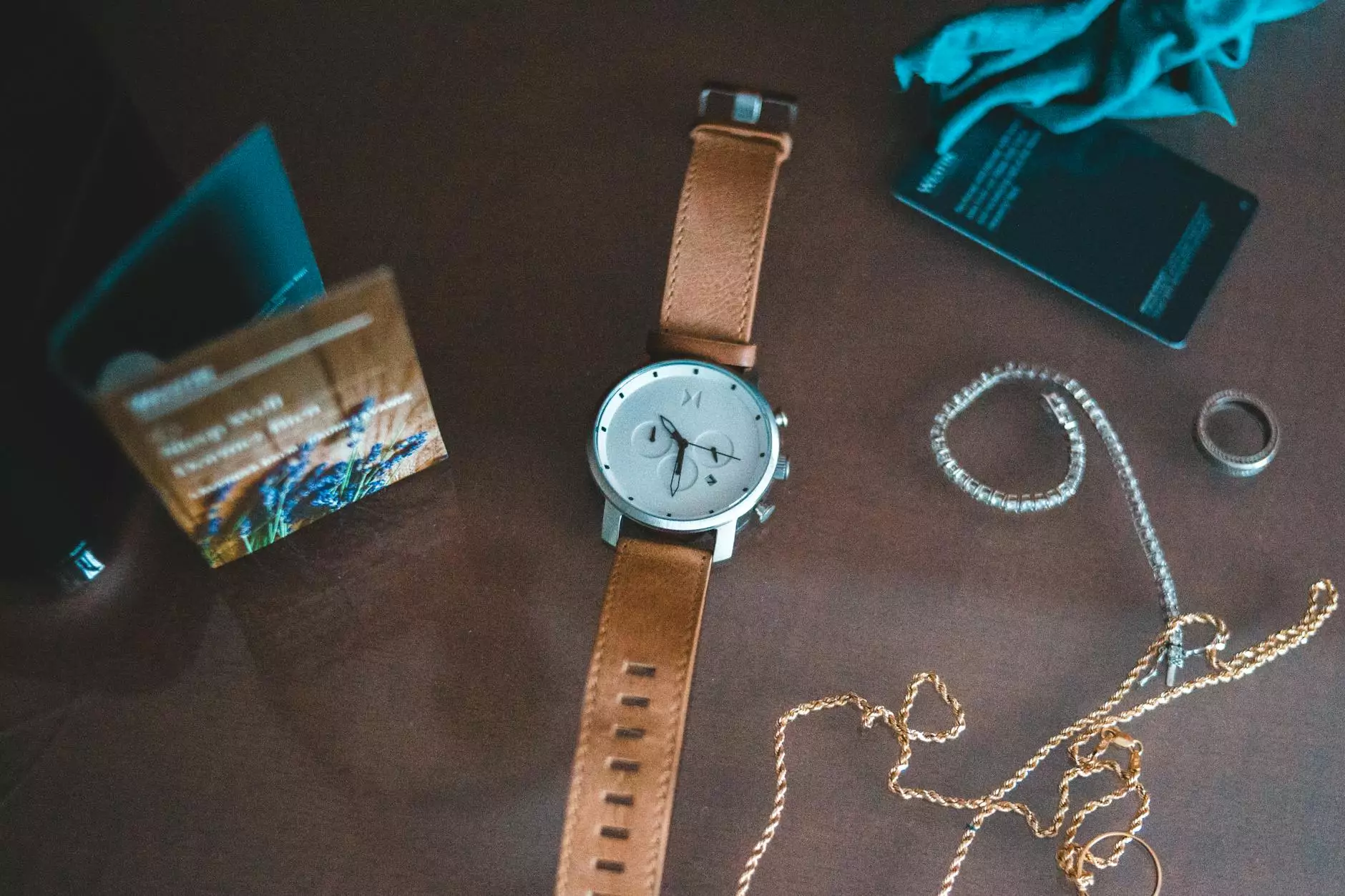What is the recommended setting for my winder?

If you are a watch enthusiast and own an automatic timepiece, you might wonder what the ideal setting for your winder is. Understanding the correct setting, whether it's clockwise, counter-clockwise, or bidirectional, is crucial to ensure your watch's accuracy, longevity, and overall performance.
The importance of proper settings
Proper settings are essential because automatic watches rely on the natural motion of the wearer's wrist for their operation. They contain a rotor, which rotates with motion, winding the mainspring and storing energy to power the watch. A winder simulates this motion when the watch is not being worn.
By setting your winder correctly, you can optimize the winding process, maintaining accurate timekeeping and preventing unnecessary wear and tear.
Choosing the right direction
When it comes to selecting the direction for your winder, it largely depends on the specific watch model you own. Here's a breakdown of the recommended settings for different types of watches:
Clockwise Rotation
Many automatic watches, especially those with calendar complications or similar features, require a clockwise rotation. This setting ensures that all the watch's functions are functioning correctly and avoid potential complications.
Counter-Clockwise Rotation
Some automatic watches might require a counter-clockwise rotation to maintain optimal performance. It is more common in specific models, and the manufacturer's guidelines should always be followed when selecting this setting.
Bidirectional Rotation
An ideal setting for most automatic watches is bidirectional rotation, which means the winder rotates in both clockwise and counter-clockwise directions. This setting mimics the natural motion of the wrist and provides consistent winding, enhancing accuracy and preventing any potential issues related to a unidirectional setting.
Considerations and Recommendations
While the recommended settings mentioned above give a general guideline, it's important to note that not all automatic watches are the same. Some watches have unique winding requirements, and it is crucial to consult the manufacturer's manual or website for specific information related to your particular timepiece.
Additionally, it is vital to consider factors such as power reserve, complications, and the age of the watch. Automatic watches with longer power reserves may require less frequent winding, while watches with various complications may have specific instructions to ensure the proper functioning of those features.
Frameworks recommends the following steps to ensure the optimal setting for your winder:
- Refer to the watch's manual or the manufacturer's website for specific winding instructions.
- If no explicit recommendations are available, start with the bidirectional setting, as it is well-suited for most automatic watches.
- Observe the watch's accuracy and performance over a few days to ensure it is maintaining accurate timekeeping.
- Make adjustments based on observed performance or refer back to the manufacturer's guidelines if needed.
Conclusion
Setting your winder correctly is paramount for the proper functioning and longevity of your automatic watch. Whether it's a clockwise, counter-clockwise, or bidirectional rotation, following the manufacturer's guidelines and considering specific watch characteristics will help maintain accurate timekeeping and ensure the optimal performance of your treasured timepieces.
For any additional questions or concerns related to recommended winder settings, do not hesitate to contact the Frameworks customer support team for expert assistance.









